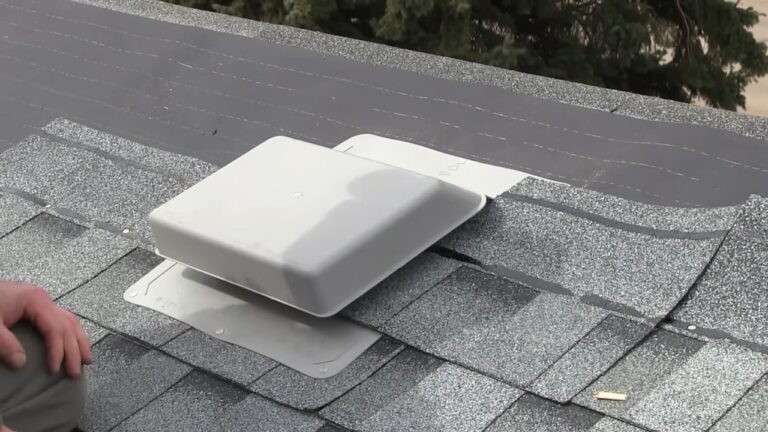Understanding the significance of roof vent installation is pivotal in maintaining the structural integrity of your home and ensuring a comfortable living environment. A well-ventilated home not only safeguards the longevity of your roof but also significantly improves the indoor air quality.
This article serves as a comprehensive guide, delineating crucial tips and strategies for optimal roof ventilation. From understanding the basics of roof ventilation, exploring various types of vents, assessing your home’s specific needs, to calculating the exact ventilation requirements and pinpointing the ideal placement of vents, this guide covers all the essentials to ensure your home remains well-ventilated and energy-efficient.
1. Understanding Roof Ventilation
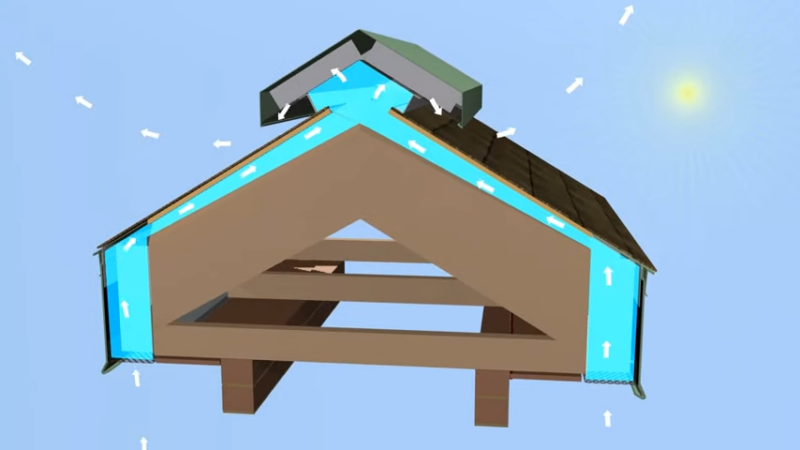
Roof ventilation is a critical aspect of home maintenance, playing a vital role in regulating indoor temperatures and preventing moisture accumulation. It involves the creation of a balanced system where air can freely circulate in and out of the attic, ensuring a well-maintained and energy-efficient home.
Proper ventilation offers numerous benefits, including prolonging the lifespan of your roof, reducing energy costs, and preventing issues like mold and mildew. It is essential for homeowners to comprehend the mechanics of roof ventilation to make informed decisions about improving their home’s overall health and efficiency.
2. Different Types of Roof Vents
Selecting the right type of roof vent is fundamental for achieving effective ventilation. The market offers a diverse array of options, each designed to cater to different architectural styles and ventilation needs. Ridge vents, for instance, run along the peak of the roof and provide uniform ventilation along the entire roofline.
Soffit vents, installed under the eaves, allow fresh air to enter the attic. Gable vents, located at the end walls of the attic, enhance air circulation in specific areas. Understanding the unique characteristics and applications of each vent type is crucial for tailoring a ventilation system that aligns with your home’s specific requirements.
3. Assessing Your Home’s Ventilation Needs

Assessing your home’s ventilation needs is a critical step in ensuring a well-balanced and efficient ventilation system. Several factors come into play, including the local climate, the size of your attic, and the current state of your existing ventilation.
Homes in warmer climates might require more robust ventilation solutions to combat the intense heat, whereas homes in colder regions need to focus on preventing moisture buildup. Evaluating these factors comprehensively allows homeowners to develop a tailored approach that addresses their home’s unique needs, ensuring optimal performance of the ventilation system.
To get the best picture possible you’d be wiser to contact professionals such as RSB Construction.
4. Calculating Ventilation Requirements
Accurate calculation of your home’s ventilation requirements is pivotal for maintaining an effective and energy-efficient roof ventilation system. The general rule of thumb suggests that there should be 1 square foot of vent area for every 150 square feet of attic space.
However, this ratio can vary based on specific factors such as the local climate and the color of your roof. Understanding and applying these guidelines or formulas helps in determining the appropriate capacity of ventilation needed, ensuring that your attic remains well-ventilated and your home’s energy efficiency is maximized.
5. Proper Roof Vent Placement
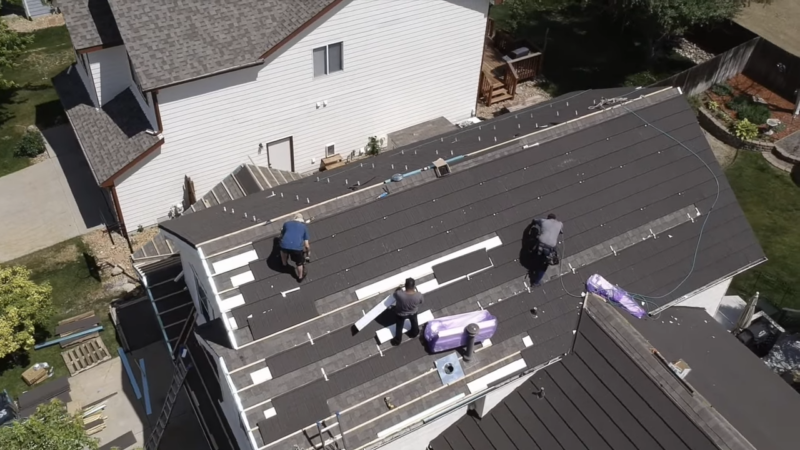
The effectiveness of a roof ventilation system significantly depends on the strategic placement of vents. It’s crucial to establish a balanced system where the intake vents (typically soffit or eave vents) and exhaust vents (like ridge or gable vents) work harmoniously to facilitate continuous airflow.
The goal is to create a scenario where cool, fresh air enters through the intake vents, travels along the underside of the roof, and exits through the exhaust vents, effectively removing excess heat and moisture. Understanding the dynamics of air movement and the principles of a balanced ventilation system is essential for ensuring optimal functionality and the longevity of your roof’s structure.
6. Installation Tools and Materials
Embarking on a roof vent installation project demands a collection of specific tools and materials to ensure a smooth and effective process. The essentials include a sturdy ladder, a hammer, nails, a utility knife, roofing cement, and of course, the vent itself. Selecting high-quality vents is crucial; they should be durable, resistant to weather elements, and compatible with your specific roof type.
It’s wise to consult with professionals or conduct thorough research to choose vents that promise longevity and performance. Additionally, investing in quality underlayment, flashing, and shingles will contribute to a watertight and enduring installation.
7. Safety Precautions
Roof vent installation is not without its risks, making safety precautions paramount. The primary rule is to ensure a stable working surface; a secure ladder and non-slip roofing boots can prevent falls. Wearing protective gear like gloves, safety goggles, and a hard hat can shield against unforeseen mishaps.
It’s also vital to be aware of the electrical wiring layout in your attic to avoid drilling into cables. Keeping tools securely holstered and avoiding windy or wet weather conditions further minimizes the risk of accidents.
8. Step-by-Step Installation Guide
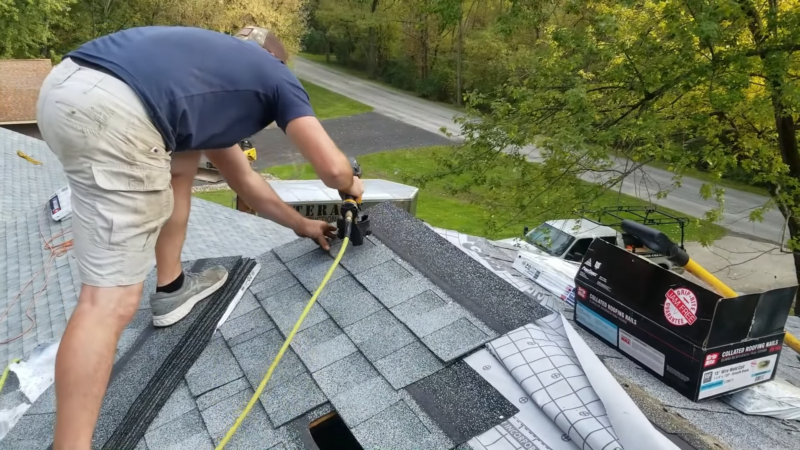
The journey of installing a roof vent starts with preparing the roof by cleaning the designated area and removing shingles. Next, outline the vent opening and cut through the roofing material with precision. Once the vent is positioned, secure it with nails and apply roofing cement to prevent leaks.
The surrounding area should then be covered with shingles, ensuring they overlap for maximum protection. Each step, from measuring to sealing, must be approached with attention to detail. Incorporating images or diagrams can significantly aid in visualizing and successfully executing each phase.
9. Common Installation Mistakes to Avoid
Common pitfalls during roof vent installation often stem from inexperience or hastiness. Overlooking the necessity of proper ventilation can lead to moisture issues, while incorrect positioning might result in leaks or inadequate airflow.
Neglecting to seal the vent adequately can cause water damage, and using substandard materials might lead to premature deterioration. Being aware of these common errors and understanding their potential consequences empowers homeowners to approach the task with caution and thoroughness.
10. Maintenance and Troubleshooting
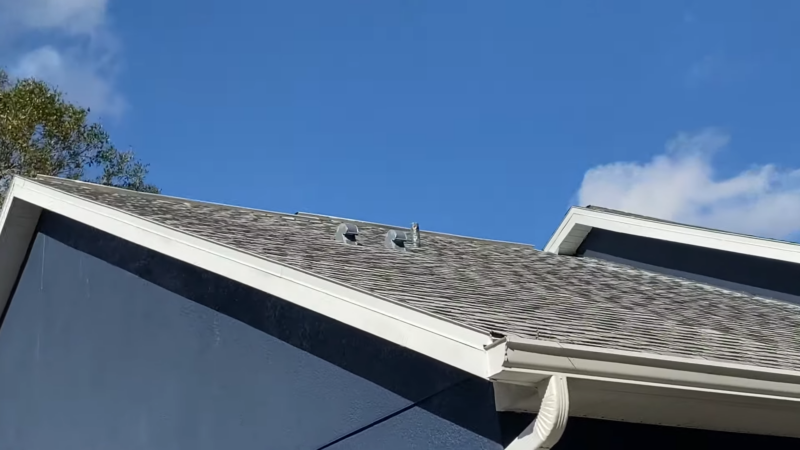
Maintaining your roof vents is pivotal for their longevity and performance. Regular inspections can reveal blockages, wear, or damage that might compromise ventilation. Clearing debris and ensuring the vent remains unobstructed promotes efficient airflow.
When facing common issues like condensation or noise, troubleshooting might involve checking for proper installation, ensuring adequate insulation, or verifying that the vent size is appropriate for the attic space. Proactive maintenance and timely troubleshooting can preempt major issues and extend the life of your roof vents.
Conclusion and Benefits
Wrapping up, the importance of meticulous planning, execution, and maintenance in roof vent installation cannot be overstated. Each step, from selecting the right materials to regular inspections, plays a critical role in securing a well-ventilated and protected home.
The benefits of a properly installed roof vent extend beyond improved air quality; they also include enhanced energy efficiency, prolonged roof lifespan, and a comfortable living environment. Encouraging homeowners to undertake this project with diligence and awareness can lead to significant long-term rewards.
Related Posts:
- Should You Insulate Attic Roof Rafters? Pros, Cons,…
- What Is Strategic Planning in Marketing? Key…
- Buying Piling Machinery: 13 Key Tips for a Smart Investment
- Can You Trust Online Slots? Separating Fact from…
- Does It Snow In Virginia Beach? Is It Home to More…
- How to Avoid Baggage Fees With Spirit Airline? - Pro…

